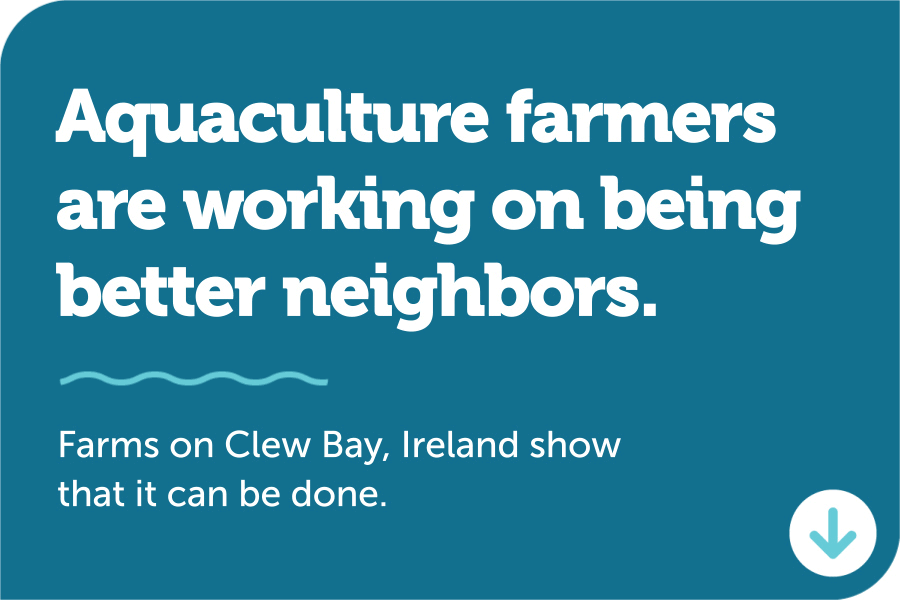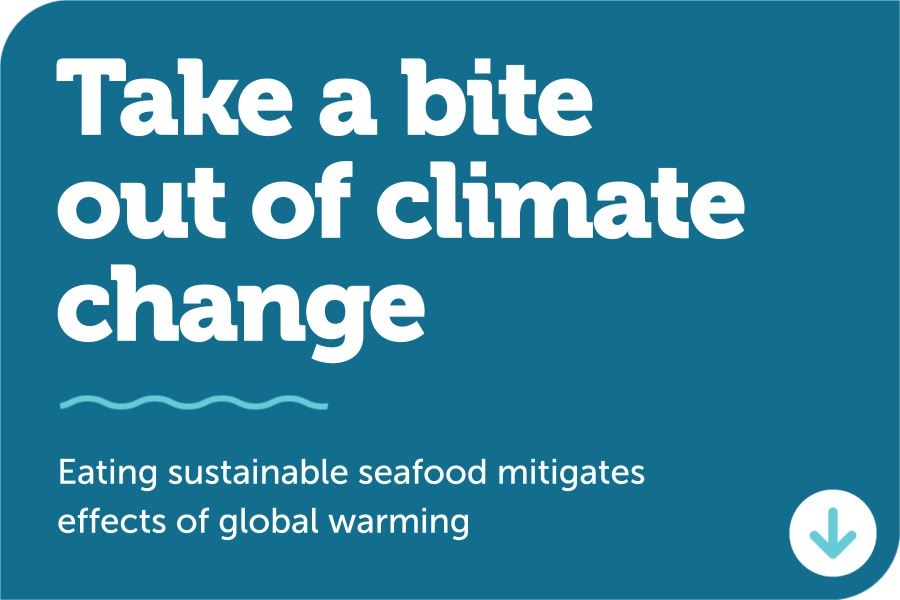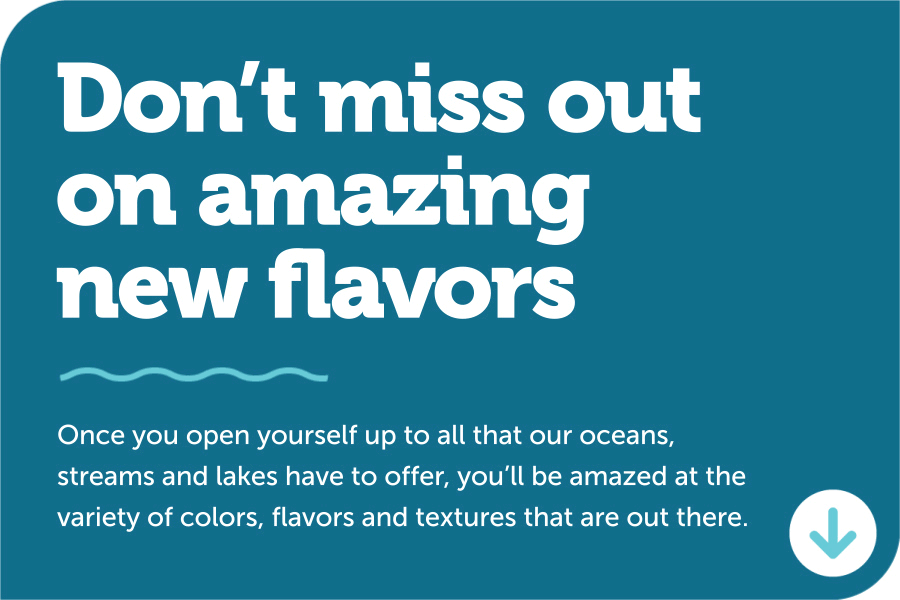The Basics of Farmed Seafood: A Roundup
 Editor’s note: Aquaculture 101 is a campaign run by the Global Aquaculture Alliance to educate the public about the basics of aquaculture, to disseminate information in an easily understandable way. The campaign dispels myths and gives facts about the promising future of the industry. Check out the hashtag #Aquaculture101 on social media for more information.
Editor’s note: Aquaculture 101 is a campaign run by the Global Aquaculture Alliance to educate the public about the basics of aquaculture, to disseminate information in an easily understandable way. The campaign dispels myths and gives facts about the promising future of the industry. Check out the hashtag #Aquaculture101 on social media for more information.
There’s a lot of information out there about aquaculture – even more about seafood as a whole. But how do you know where to begin, if you’re just starting out to look into where your seafood is coming from?
Look no further – we’ve done your homework for you. The online news and technical publication the Global Aquaculture Advocate and The Aquademia Podcast have covered all of the basics, and now we’ve consolidated some of their “greatest hits” to make learning about farmed seafood easy and fun.
Seafood and Sustainability
 Let’s start off with the question some seafood eaters have on their mind – what is aquaculture, and why do we need it? Aquaculture is the controlled process of cultivating aquatic organisms, especially for human consumption. It’s a similar concept to agriculture, but with fish instead of plants or livestock. Aquaculture is the tool to fill in the gap of seafood supply. Farming fish responsibly and sustainably is the solution to providing future generations with access to healthy and environmentally friendly protein options. Blue food is defined as all edible aquatic organisms, including fish, shellfish and algae from marine and freshwater production systems (aquaculture and fisheries).
Let’s start off with the question some seafood eaters have on their mind – what is aquaculture, and why do we need it? Aquaculture is the controlled process of cultivating aquatic organisms, especially for human consumption. It’s a similar concept to agriculture, but with fish instead of plants or livestock. Aquaculture is the tool to fill in the gap of seafood supply. Farming fish responsibly and sustainably is the solution to providing future generations with access to healthy and environmentally friendly protein options. Blue food is defined as all edible aquatic organisms, including fish, shellfish and algae from marine and freshwater production systems (aquaculture and fisheries).
You might notice a buzzword up there – sustainably. Well, what does the word “sustainable” actually mean? The Aquademia Podcast does a deep dive into this subject with guests Dr. Halley Froehlich, Maddie Cassidy and Avery Siciliano on one of its most-downloaded episodes. Hint: there’s a lot more to it than just environmental impact.
 With that said, environmental impact is still a huge concern for fish farmers. Shellfish and salmon producers on Ireland’s western coast are a shining example of harmonized collaboration and practices. For notoriously complex and environmentally sensitive businesses like aquaculture, being in close proximity of others brings great risk. Unintentionally, a neighbor’s act has the potential to undermine or even break a farm. But with Clew Bay in County Mayo on the west coast of Ireland as evidence, having neighbors that are on the same page and equally engaged on biosecurity issues can be extremely beneficial.
With that said, environmental impact is still a huge concern for fish farmers. Shellfish and salmon producers on Ireland’s western coast are a shining example of harmonized collaboration and practices. For notoriously complex and environmentally sensitive businesses like aquaculture, being in close proximity of others brings great risk. Unintentionally, a neighbor’s act has the potential to undermine or even break a farm. But with Clew Bay in County Mayo on the west coast of Ireland as evidence, having neighbors that are on the same page and equally engaged on biosecurity issues can be extremely beneficial.
Why eat more seafood?
The directive to eat more seafood is no longer coming solely from fishmongers and nutritionists – it is being voiced by the climate change camp as well, a salient message for conservationists. Blue food is increasingly being touted as a sustainable alternative to terrestrial meat.
 But then the question becomes: how can we arm ourselves with the knowledge we need to make good food choices? In “Seafood 101 – Where Do I Start??”, the Aquademia Podcast team delves into how to start feeling more confident in seafood choices with seafood expert Molly Jacques and certified dietitian Sherri Clerk.
But then the question becomes: how can we arm ourselves with the knowledge we need to make good food choices? In “Seafood 101 – Where Do I Start??”, the Aquademia Podcast team delves into how to start feeling more confident in seafood choices with seafood expert Molly Jacques and certified dietitian Sherri Clerk.
Learning to ask questions, educate yourself on various ecolabels like GAA’s Best Aquaculture practices certification and the promises made by them, are some of the first steps to building confidence with buying seafood.
Once you open yourself up to all that our oceans, streams and lakes have to offer, you’ll be amazed at the variety of colors, flavors and textures that are out there.
Conclusion
 Our mission at GAA is to educate about, advocate for, and demonstrate responsible aquaculture practices. We hope to inspire and empower the world to eat responsibly farmed seafood – and seafood as a whole. Once you open yourself up to all that our oceans, streams and lakes have to offer, you’ll be amazed at the variety of colors, flavors and textures that are out there.
Our mission at GAA is to educate about, advocate for, and demonstrate responsible aquaculture practices. We hope to inspire and empower the world to eat responsibly farmed seafood – and seafood as a whole. Once you open yourself up to all that our oceans, streams and lakes have to offer, you’ll be amazed at the variety of colors, flavors and textures that are out there.
Learn more about this year’s virtual GOAL conference!
Read more of our Aquaculture 101 series and check it out on social media with the hashtag #Aquaculture101!
View the full Responsible Consumption and Production of Farmed Seafood infographic.




